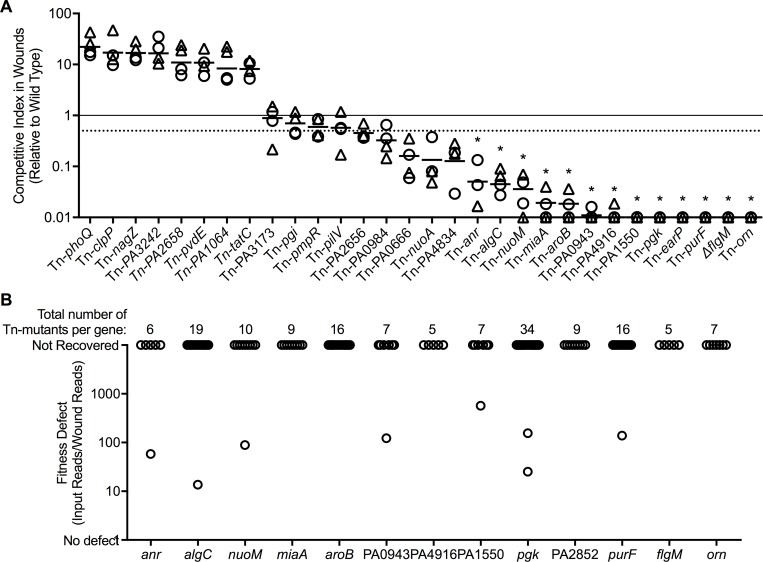Fig 4. Confirmation of gene inactivations that compromise wound fitness.
A. Mutants in 30 genes showing Tn-seq defects were tested in 1:1 competition with wild type, and mutant fitness in wound beds (triangles) or scabs (circle) was measured after five-days of infection. Dashed line indicates > two-fold defects in competition; * indicates competitive index significantly different than 1 (p<0.01) by one sample t-test. B. Fitness of individual transposon mutants in the 13 genes whose inactivation caused >10-fold impairments in wound fitness. Every gene verified to produce wound fitness defects was inactivated by at least five unique transposon mutants (points represent individual mutants). Almost every mutant in each gene exhibited similar fitness defects indicating that spontaneous secondary mutations were not likely responsible.

